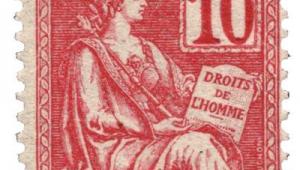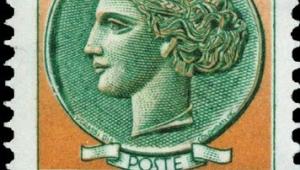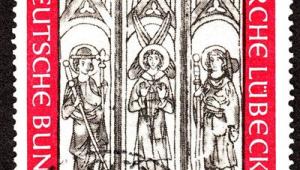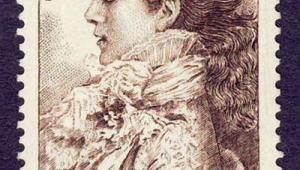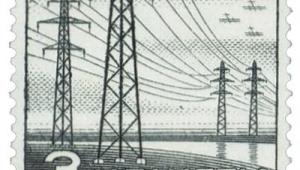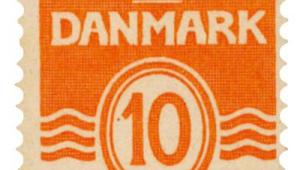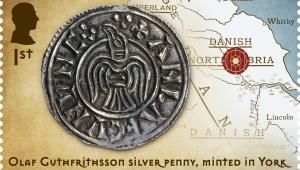France: Seeds of an idea
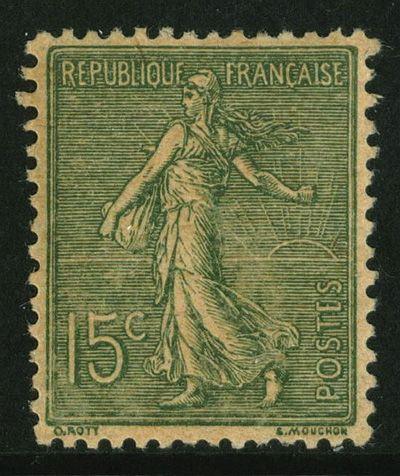
La Semeuse (the Sower) is a definitive series that is now inextricably bound up with French philately. But it had a faltering start, to say the least.
When it was introduced, in 1903, it was said to be France’s peaceable answer to the more militant Germania definitives of Germany. Losing the Franco-Prussian war of 1870-71 was still a sore point, however, and many wanted a more aggressive symbol for the republic.
As it turned out, that was just the start of the criticism attracted by Louis-Oscar Roty’s design and Louis-Eugène Mouchon’s engraving. The result would be a succession of rehashes.
The very first Sower stamp was the 15c green, issued on April 2, 1903, shortly followed by a 10c red, a 20c purple, a 25c blue and a 30 lilac.
But complaints about the design came thick and fast. They started with purist matters, such as the impossibility of the combination of shadow given the position of the rising sun, and the fact that the sower appeared to be sowing her seeds against the wind. Then there were more practical concerns about the legibility of the inscriptions against the background horizontal lines.
Mouchon was asked to alter his die but his efforts failed to please the authorities. Thus the 10c red of April 1906 turned out to be an interim measure, the one and only stamp in what became known as the ‘Ground below feet’ issue, with a footfall added and the background lines removed.
The long-term solution was to set the figure of the Sower against a totally plain background in what became known as a ‘Cameo’ representation, with the first examples issued just three months later.
Even this was condemned for its heavy print and thin figures, and the final insult to Mouchon was that he was not allowed to amend his die any further. Another engraver, Jean-Baptiste Lhomme, was asked to do the job, creating a refinement of the ‘Cameo’ Sower with thicker figures, although Mouchon’s name was retained under the design.
Although Mouchon was utterly humiliated, he might have felt vindicated had he lived beyond 1914, because the Sower not only endured but eventually became popular.
All the design changes helped to make for an interesting collection, as did provisional, Red Cross Fund and ‘Caisse d’Amortissement’ (national debt) surcharges.
Besides, despite being deemed so unsuitable in the very beginning, Mouchon’s initial die with the lined background remained in use for more than three decades: there were further printings for a range of medium values in 1921-26 and as late as 1938.
A large number of Sower stamps was issued in various values and colours right up to World War II. Even after the war, the design made a number of guest appearances, such as in the re-engraved two-colour definitives of 1960-61.
Specialist collectors hunt down wartime emergency printings on greyish ‘GC’ (Grande Consommation) paper, corner blocks with printing dates, the so-called Millésimes pairs which show the year of printing, coil stamps, booklets and postal stationery.
Colonialism was at its peak during the Sower’s lifetime, and it is possible to build up large collections of stamps overprinted for use in the various French colonies, at French post offices abroad and in territories occupied by French troops.
With millions of used stamps surviving, anyone can build up a varied collection without having to break the bank.
